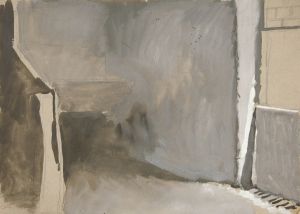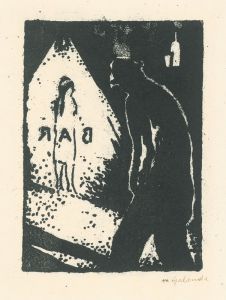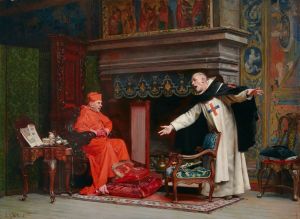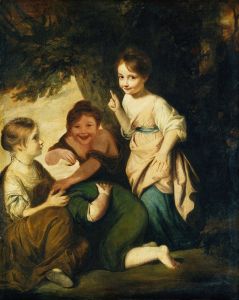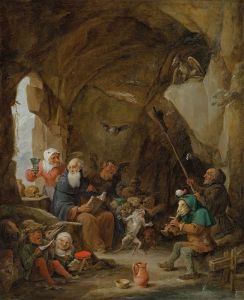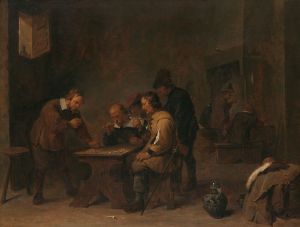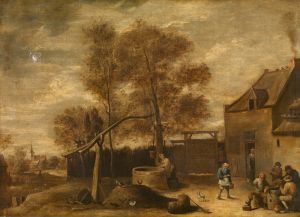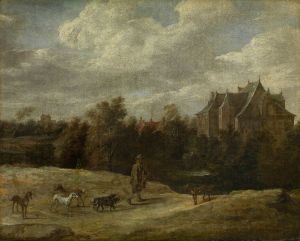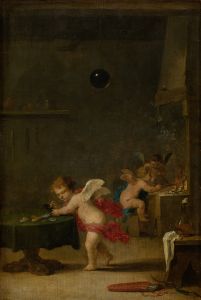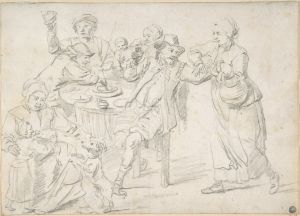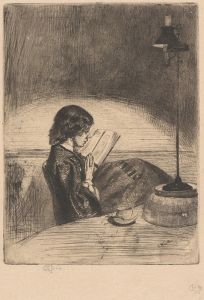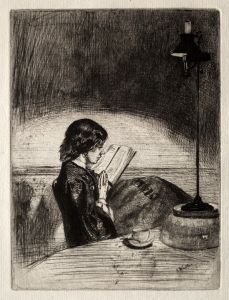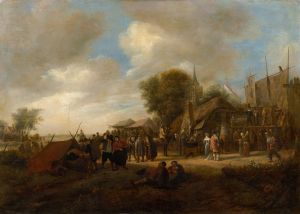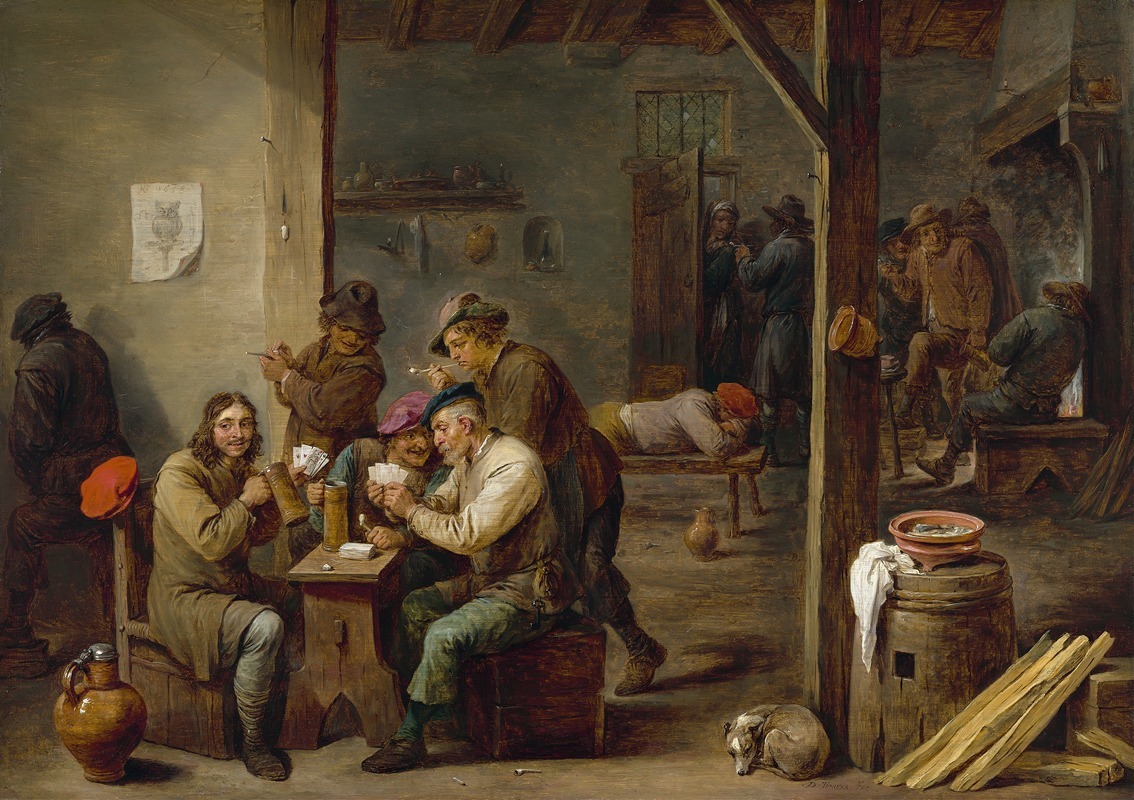
Tavern Scene
A hand-painted replica of David Teniers The Younger’s masterpiece Tavern Scene, meticulously crafted by professional artists to capture the true essence of the original. Each piece is created with museum-quality canvas and rare mineral pigments, carefully painted by experienced artists with delicate brushstrokes and rich, layered colors to perfectly recreate the texture of the original artwork. Unlike machine-printed reproductions, this hand-painted version brings the painting to life, infused with the artist’s emotions and skill in every stroke. Whether for personal collection or home decoration, it instantly elevates the artistic atmosphere of any space.
David Teniers the Younger, a prominent Flemish painter of the 17th century, is renowned for his genre scenes, particularly those depicting peasant life and tavern scenes. One of his notable works in this category is "Tavern Scene," which exemplifies his skill in capturing the everyday life and social interactions of his time.
Born in Antwerp in 1610, Teniers was the son of David Teniers the Elder, also a painter. He was heavily influenced by his father and other artists of the Flemish Baroque tradition. Teniers the Younger became a master in the Antwerp Guild of Saint Luke in 1632-33 and quickly gained a reputation for his detailed and lively depictions of rural and domestic life.
"Tavern Scene" is a quintessential example of Teniers's work, showcasing his ability to portray the lively atmosphere of a 17th-century Flemish tavern. The painting typically features a group of peasants engaged in various activities such as drinking, smoking, playing cards, or dancing. Teniers's attention to detail is evident in the way he captures the expressions and postures of the figures, as well as the intricate details of the tavern setting, including the rustic furniture and the dimly lit interior.
Teniers's tavern scenes are not merely depictions of peasant life; they also reflect the social and cultural dynamics of the time. Taverns were central to community life in 17th-century Flanders, serving as places for socializing, conducting business, and exchanging news. Through his paintings, Teniers provides a window into this world, illustrating the customs and behaviors of the people who frequented these establishments.
The composition of "Tavern Scene" is typically balanced and harmonious, with a keen sense of perspective and spatial arrangement. Teniers often employed a warm color palette, using earthy tones to convey the cozy and convivial atmosphere of the tavern. His use of light and shadow adds depth and dimension to the scene, highlighting the interactions between the figures and enhancing the overall realism of the painting.
Teniers's work was highly regarded during his lifetime, and he enjoyed the patronage of several prominent figures, including Archduke Leopold Wilhelm of Austria, who appointed him as the court painter in Brussels. Teniers's influence extended beyond his own time, as his paintings were collected by art enthusiasts across Europe and inspired subsequent generations of artists.
In addition to his genre scenes, Teniers was also known for his landscapes, religious works, and allegorical paintings. However, it is his depictions of peasant life and tavern scenes that remain most celebrated, offering valuable insights into the social fabric of 17th-century Flanders.
"Tavern Scene" by David Teniers the Younger is a testament to the artist's mastery of genre painting and his ability to capture the essence of everyday life with authenticity and charm. Through his detailed and lively compositions, Teniers invites viewers to step into the world of the Flemish tavern, where the joys and complexities of human interaction unfold in a timeless narrative.





